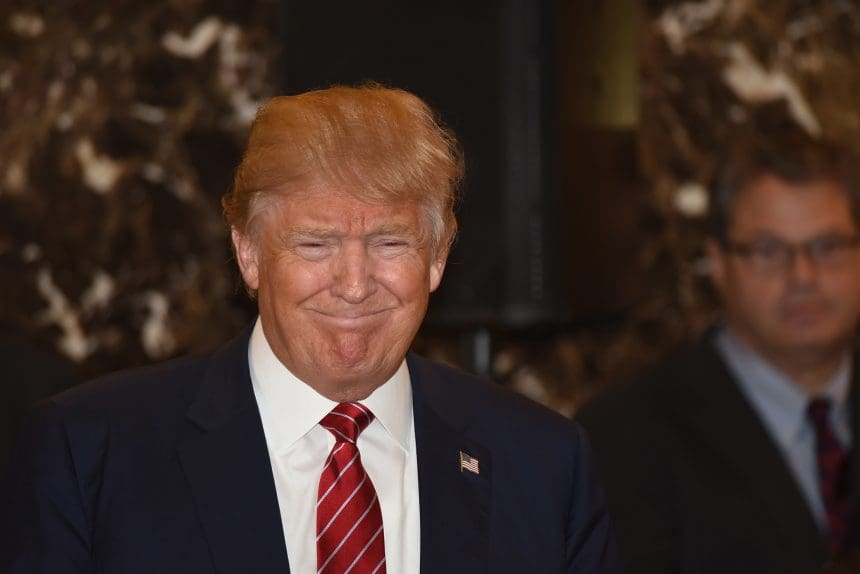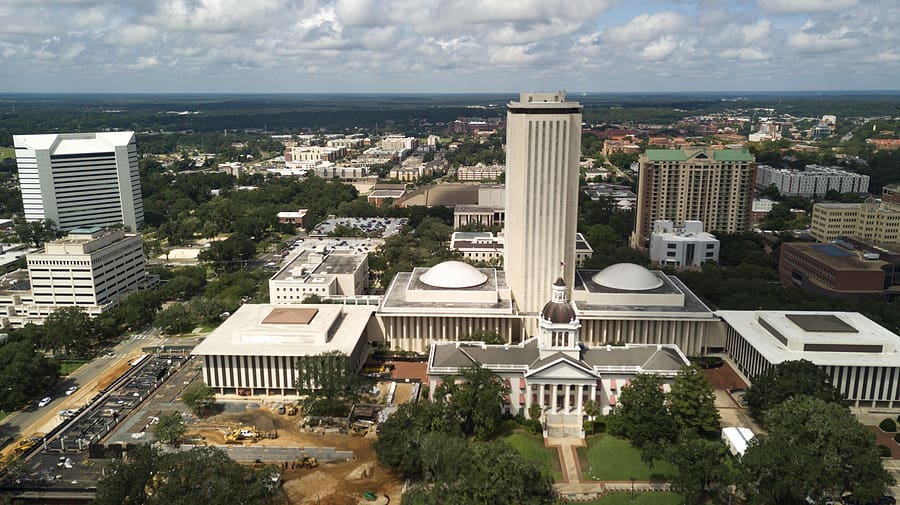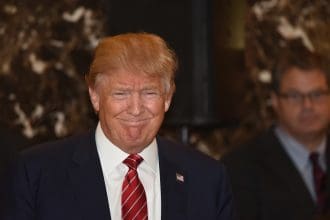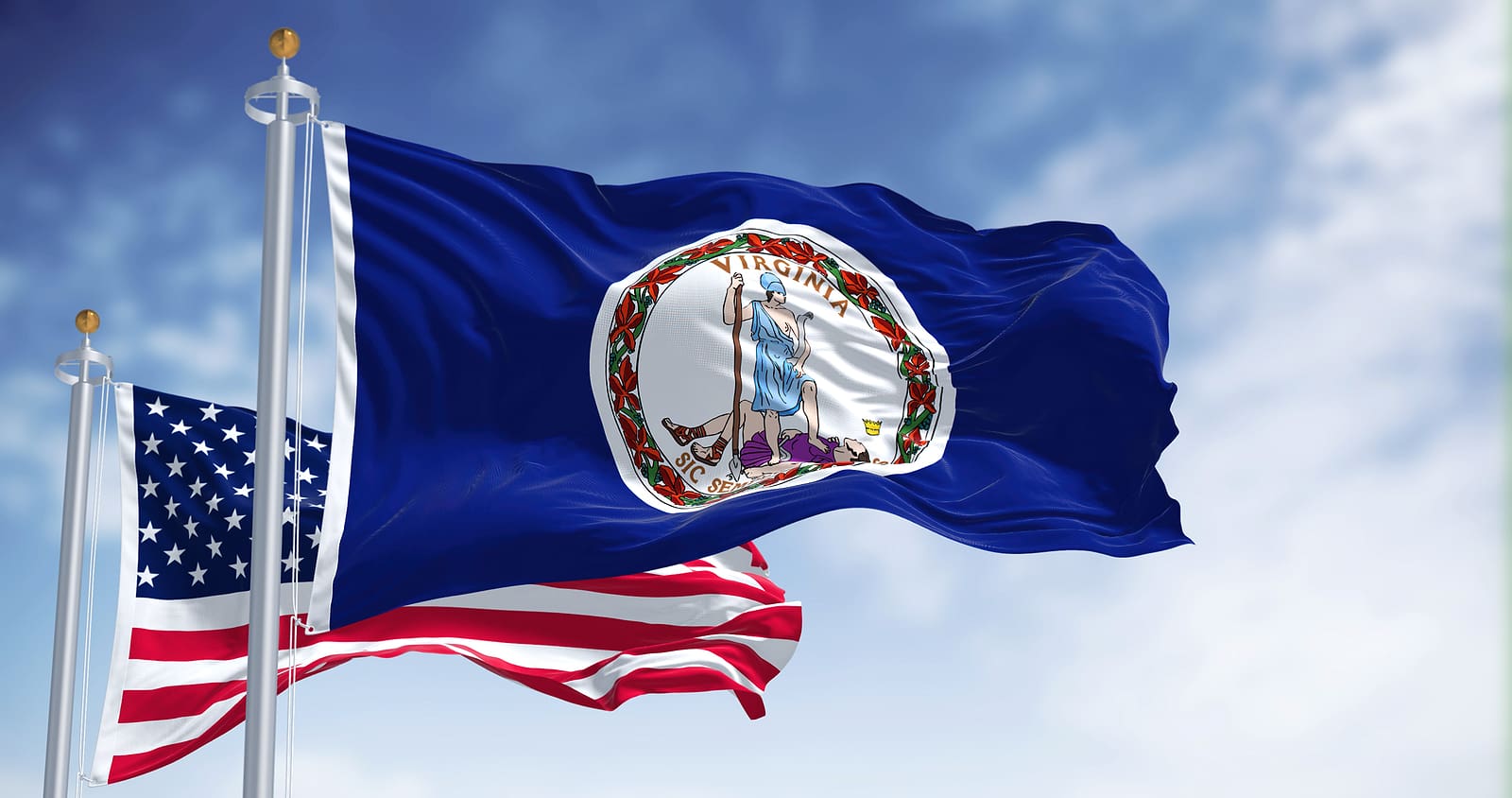President Donald Trump’s Key Accomplishments from His First Term and Second-Term Vision
ST. LOUIS, MO (STL.News) — As America stands at a political crossroads in 2025, the legacy and future aspirations of former President Donald J. Trump remain central to national discussions. With his first term spanning from January 2017 to January 2021, Trump left a significant mark on domestic and international policy, reshaped the judiciary, and championed an “America First” agenda. Although he has not officially served a second term, his ongoing influence and 2024 campaign platform reflect a determined effort to return to office with a renewed mandate. This article explores President Trump’s significant accomplishments during his first term and outlines his second-term goals, offering insight into his continued political relevance.
Economic Reform and Tax Policy
One of the hallmark achievements of Trump’s presidency was the passage of the Tax Cuts and Jobs Act of 2017. This sweeping legislation represented the most significant tax overhaul since 1986. It reduced the corporate tax rate from 35% to 21%, incentivized business investment, and offered substantial relief to individuals by doubling the standard deduction and increasing the child tax credit.
Under Trump, the U.S. economy experienced rapid growth before the COVID-19 pandemic. Unemployment dropped to a historic 50-year low of 3.5% by early 2020, while more than 7 million jobs were created during his first three years in office. The stock market soared, with the Dow Jones, S&P 500, and Nasdaq achieving record highs. Trump also prioritized deregulation, aiming to eliminate burdensome federal rules. His administration claimed a 22-to-1 ratio of regulations eliminated per new one implemented.
Trade and Foreign Policy Shifts
President Trump took a confrontational stance on trade, challenging traditional globalist frameworks. He withdrew from the Trans-Pacific Partnership (TPP) and the Paris Climate Accord, asserting that such agreements disadvantaged American workers.
Among his signature achievements was replacing NAFTA with the United States-Mexico-Canada Agreement (USMCA), a renegotiated trade pact that better protected U.S. labor and intellectual property rights. Trump’s trade war with China aimed to correct decades of trade imbalance, which resulted in the Phase One trade deal, which included commitments from China to purchase more American goods.
In foreign policy, Trump pursued peace initiatives in the Middle East. His administration brokered the Abraham Accords, which were historic normalization agreements between Israel and the United Arab Emirates, Bahrain, Sudan, and Morocco. These deals signaled a significant diplomatic breakthrough in Arab-Israeli relations.
Trump also took decisive military action against terrorism. Under his leadership, the U.S. military defeated the ISIS caliphate, and in 2019, ISIS leader Abu Bakr al-Baghdadi was killed during a U.S. raid.
Immigration and Border Security
Immigration reform was a cornerstone of the Trump agenda. His administration constructed over 450 miles of border wall along the U.S.-Mexico border. Policies like the “Remain in Mexico” (Migrant Protection Protocols) required asylum seekers to await hearings outside the U.S., significantly reducing asylum fraud.
During the COVID-19 pandemic, Trump invoked Title 42, a public health law allowing for the immediate expulsion of illegal immigrants to prevent disease spread. His administration also increased ICE enforcement and emphasized the need for merit-based immigration reform.
Judicial Transformation
One of Trump’s most enduring impacts was his transformation of the federal judiciary. He appointed three Supreme Court Justices —
’
’
“”
“”
“”
’










